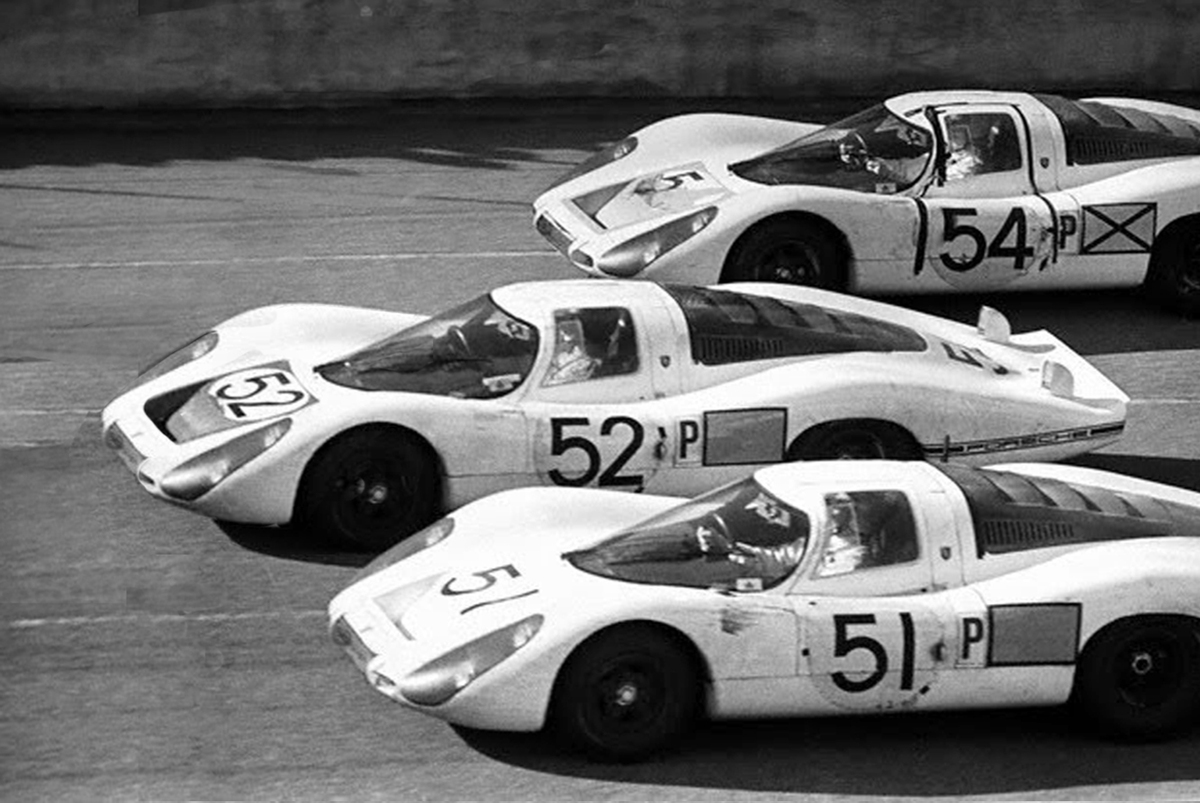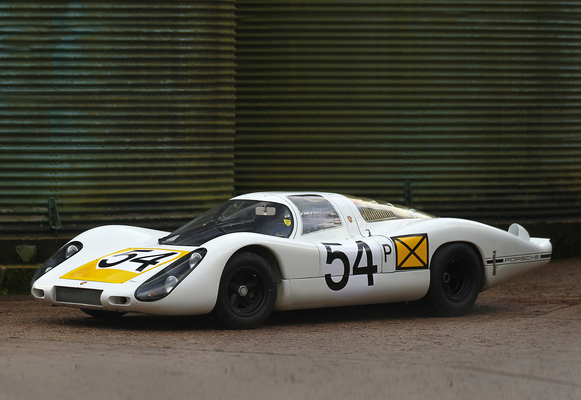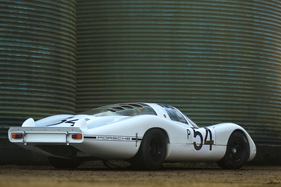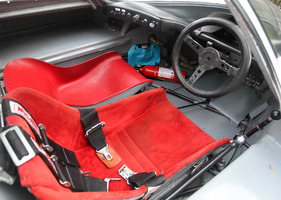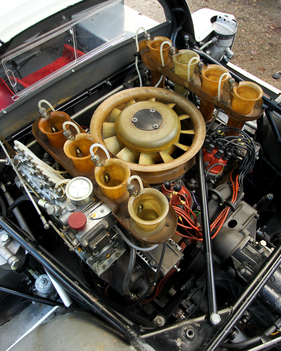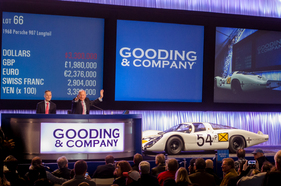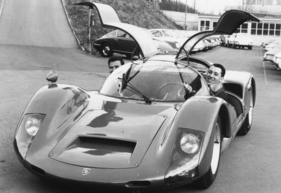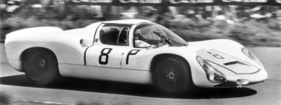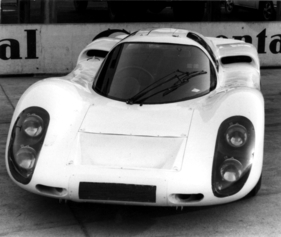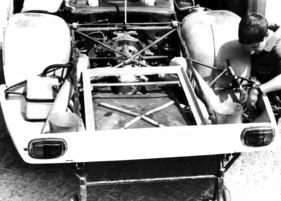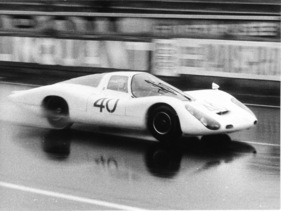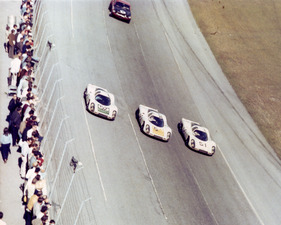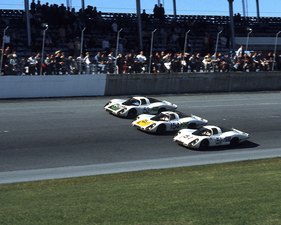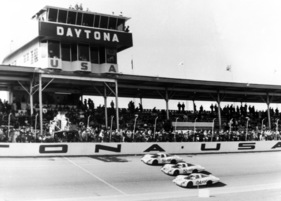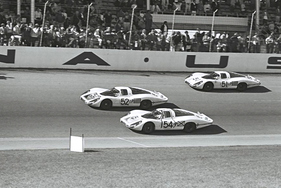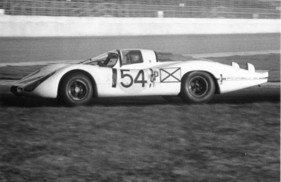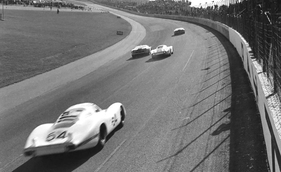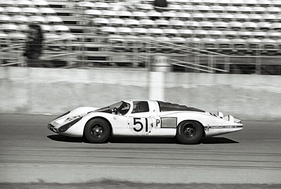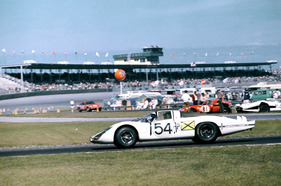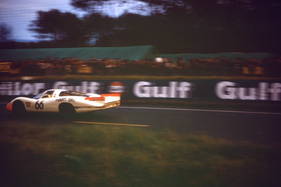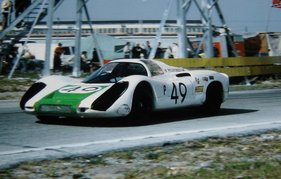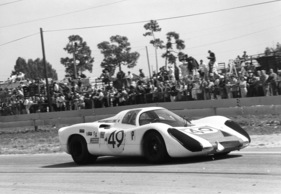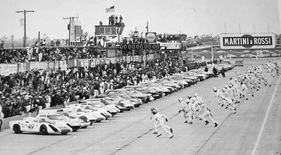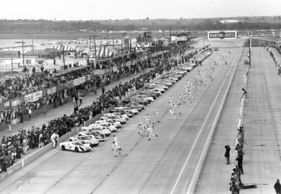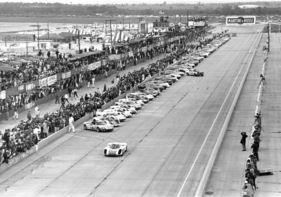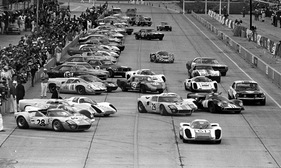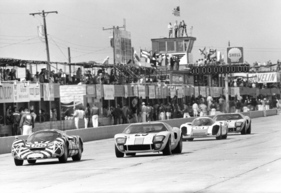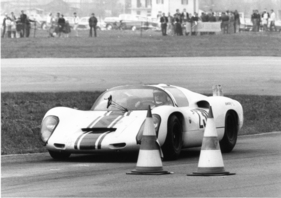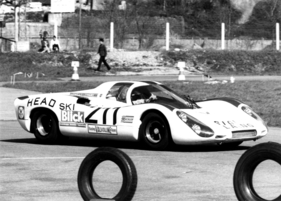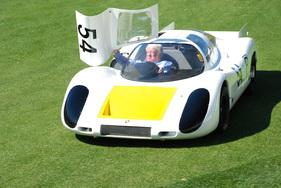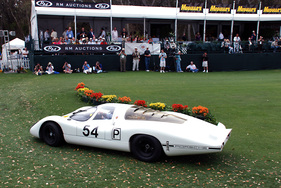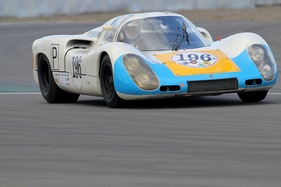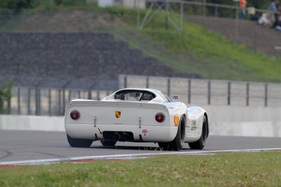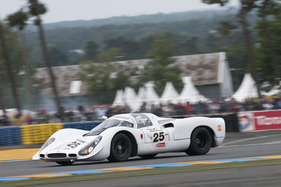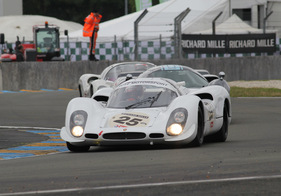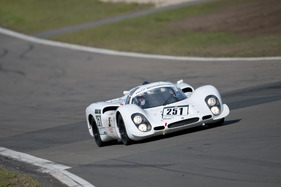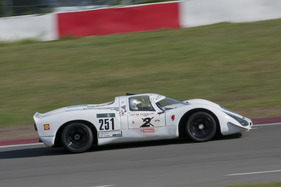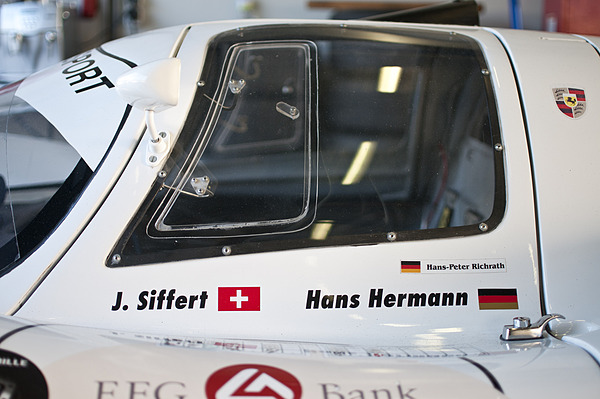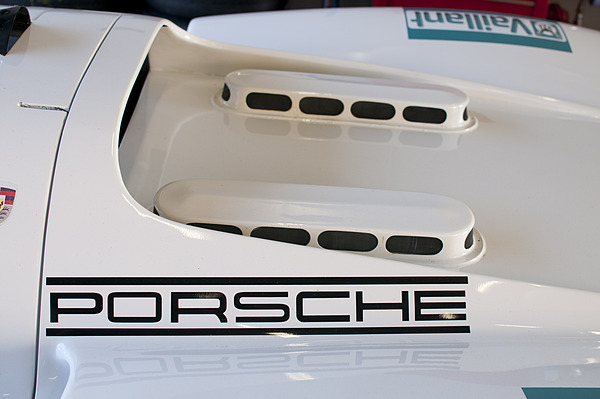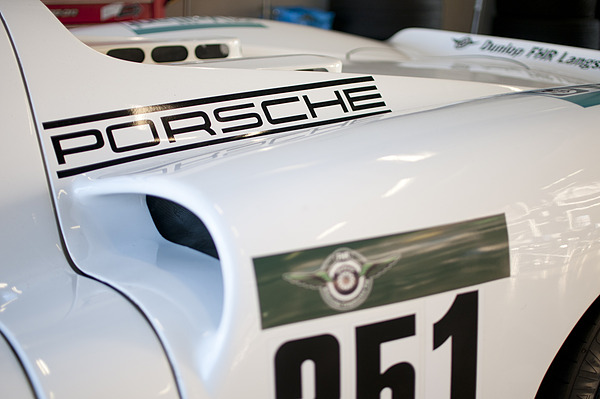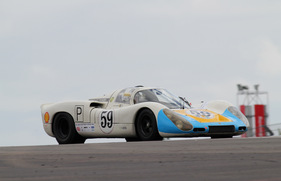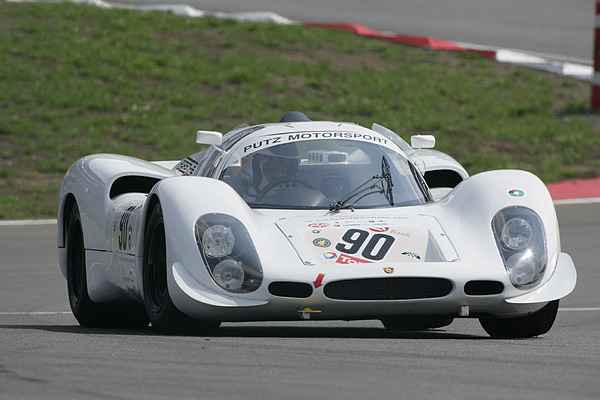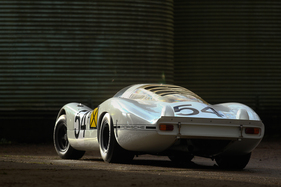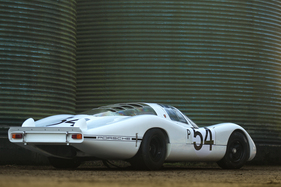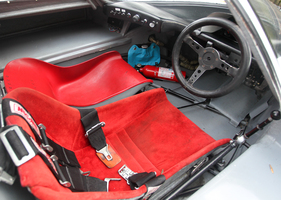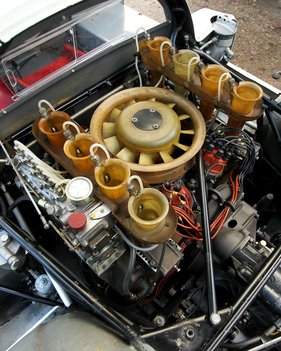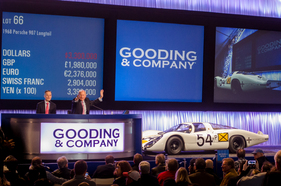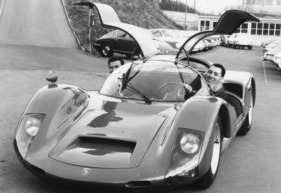Porsche 907 Longtail - air-cooled eight-cylinder racer with a strong history
Summary
The Porsche 907 succeeded the Porsche 906 and 910 in 1967 and was basically a further development of these two racing cars. A total of 18 were built, equipped with six and eight-cylinder engines and used in short and long-tail configurations. The most successful of these cars is chassis 907-005, with which Siffert/Neerpasch/Stommelen/Herrmann/Elford won the 24 Hours of Daytona in 1968, but the racing career was to continue for another five years, with Brun, Mattli, Wicky, Lins and others at the wheel. This report portrays the Porsche 907-005 and goes into the history and technology of the famous racing car.
This article contains the following chapters
- The new eight-cylinder engine
- Proven technology in the new 907, coupled with outstanding aerodynamics
- On board the racing car
- The Daytona victory
- 005's long racing career
- In the team of the Swiss privateer
- No real retirement
- Further information
Estimated reading time: 8min
Preview (beginning of the article)
In the sixties, Porsche fought its way from a candidate for class victory to a contender for overall victory in sports car and endurance races. Perhaps the most important sports car of this period was the Porsche 907. With the Porsche 906 , the Zuffenhausen-based sports car manufacturer had taken the step from a road-going racing sports car to a thoroughbred racing car. Although the 906, also known as the Carrera 6, could still be registered for road use, the vehicles were actually only used for racing. With the successor 910, the Porsche developers consistently pursued this path from the end of 1966; road approval was no longer planned for the prototype, which was primarily intended for factory use. 35 units were built, which was more than sufficient for homologation.
Continue reading this article for free?
Photos of this article

